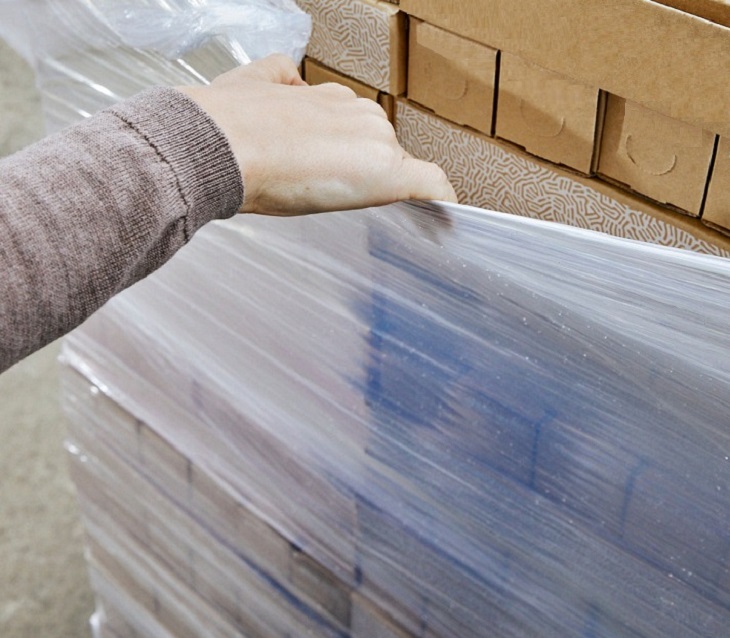12
Feb

Whether you’re moving inventory, organising supplies, or shipping goods, the right pallet wrap helps you maintain the integrity of your items. This simple yet highly effective solution keeps items secure, shielded from dust and moisture, and minimises the risk of damage. Whether you’re running a bustling warehouse or shipping goods across the country, this material offers a cost-effective and efficient way to ensure everything arrives in pristine condition.
When it comes to keeping your business running smoothly, using secure pallet wrapping is a no-brainer. These films do more than just hold your products in place – they offer the durability and strength needed to keep everything safe, whether in storage or transit. You can trust that your items are shielded from damage, dust, and shifting, ensuring they arrive just as you intended. Another feature of this material is its transparency. This might seem like a small detail, but being able to quickly scan your items without unwrapping them saves time and effort. Imagine how much easier it is to manage inventory or double-check shipments when you can see everything.
Using a wrap effectively can make a world of difference in keeping your shipments secure and your goods protected. If you follow the right steps, everything will stay in place and arrive in top-notch condition. Here’s a simple breakdown to help you wrap like a pro:

Choosing the right type can make a world of difference in securing your goods. Each type has its unique qualities, making them suited to specific needs. Here’s a breakdown of the main types:
Beyond the type of pallet wrap, it’s also worth considering whether you need light-duty, medium-duty, or heavy-duty options. The light-duty wrap is perfect for straightforward jobs, like neatly stacked pallets made up of similarly shaped boxes. Medium-duty options offer more durability, making it a better fit for pallets that include some irregularly shaped items. And finally, the heavy-duty film takes it to the next level, delivering maximum tear and puncture resistance. It’s the ideal choice for pallets with sharp edges or a mix of awkwardly shaped items.
However, if you’re seeking extra security for your goods or dealing with exceptionally heavy items, pallet wrap might not always be the best option. While it helps stabilise and protect most loads during storage and transit, there are situations where a more robust solution is necessary. In these cases, stillage cages offer a fantastic alternative. Their rigid frames provide unmatched protection, keeping your items safe from damage or shifting – even under challenging conditions.
When protecting products during transit, stretch and shrink wrap are often mistaken for one another, even though they serve different purposes. Stretch film is highly elastic and clings to itself, making it ideal for securing large pallet loads. It’s great for keeping items together and shields them from dust, moisture, and UV exposure.
Shrink film, on the other hand, works differently. It’s typically made from polyolefin and is loosely draped around a single product or smaller loads. When you apply heat to it, the film shrinks tightly around the items, creating a snug, air-tight seal. This makes it a go-to for protecting products from moisture and weather, especially in food packaging. Shrink film also offers the option for ventilation, which can reduce the risk of moisture-related damage, making it perfect for certain specific needs.